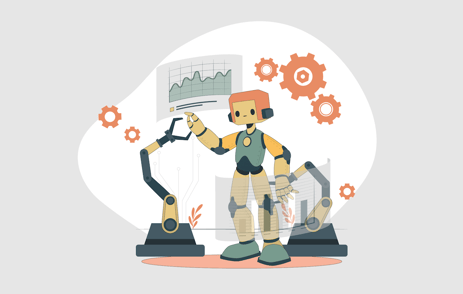As engagement in virtual events, products and services begins to decline as individuals everywhere grow weary of staring at their screens, it has become more important than ever to find ways to increase the value and interest in what your organization has to offer.
With so much change and creation over the last year, many organizations have forgotten to take a look at some tried and true methods of increasing engagement. One such method is gamification.
Gamification —the application of typical elements of game playing to other areas of activity, typically as an online marketing technique to encourage engagement with a product or service — is a valuable asset to any organization’s marketing efforts.
Similarly, game-like experiences are excelling in today’s market. According to Jon Lai, a consumer investor for Andreessen Horowitz, gamification is not the same as game-like, as “game-like apps incorporate the design principles behind good games into the core product” and “gamification merely applies the surface mechanics like points, badges, leaderboards without understanding the design principles.”
The biggest difference, however, is the retention of engagement. Many gamification techniques will draw audiences effectively, but overstimulate or tire them out quickly, whereas a game-like structure holds well against the test of time.
How can you apply this to your organization?
Lai shared that there is a general framework for game-like experiences: motivation, mastery and feedback. “Today, many of the most popular apps across consumer, enterprise, & fintech embrace motivation, mastery, & feedback in their core design,” he said.
Motivation: Why does a user want to use your app?
Lai offers the video game Mega Man X as a great example of motivation. The introductory level provides a compelling backstory and villainous plot which leads players to create their own set of goals motivating themselves to keep playing in order to beat them.
Mastery: What are the rules of the app?
Next, players learn rules, quirks and loopholes within the game in order to win. As they continue to be motivated by the plot mentioned above, players continuously come back and improve their skills.
While the game play should be challenging, it should be based on skill and not luck. The challenge is part of the appeal, but shouldn’t be too difficult to attain. “Well-tuned difficulty creates flow - a state of mind where users are intensely focused on the present and the hours fly by,” shared Lai.
Feedback: How will a user learn those rules?
“Very few people read instructions anymore,” Lai tweeted. “The best games teach through iterative feedback loops. Users need a way to learn the rules and systems as they go.”
One particularly common way popular games do this is through death. Lai offers the example of Super Mario Brothers. When Mario is approached by an enemy early in the game, and is touched, he dies. The player then restarts at the beginning, only 3 seconds prior. “This short harmless loop encourages experimentation,” he added.
Conclusion
Many organizations that are struggling with engagement can take this framework into account when creating their products, services and resources like many other popular apps and programs today that utilize it. Afterall, “when people have fun and make progress towards intrinsic goals, they build long-term habits.”

May 26, 2021


